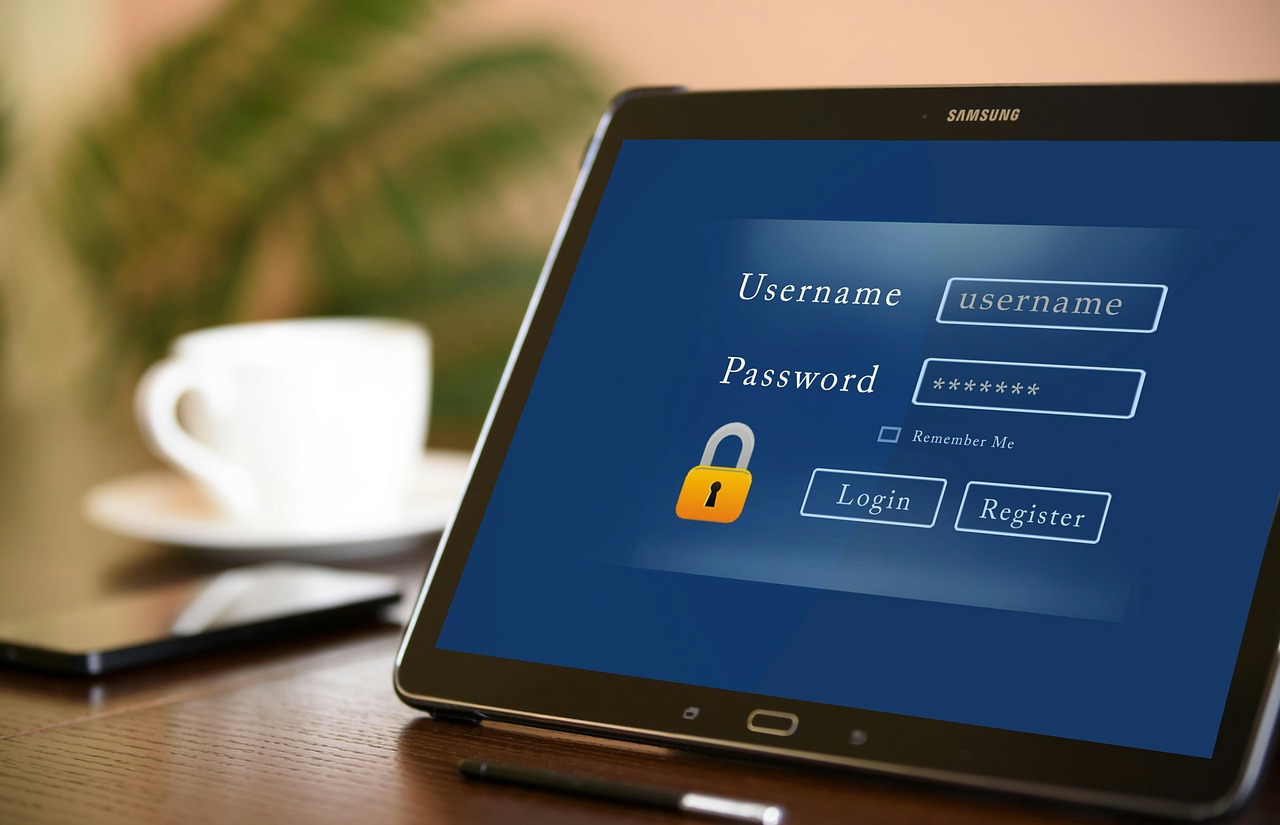Complete Guide on Bot Attacks: the Latest Threat to Be Aware of
Bot attacks are a new threat that many companies need to be aware of. These automated scripts can do everything from creating fake social media accounts and posting spammy content to filling out online forms with phony information and signing up for subscriptions to generate more traffic on the company’s site.
With so many options at their disposal, bot attackers can wreak havoc on your website or business quickly. In this guide, we will discuss what bot attacks are, how they work, and some ways you can protect yourself against them!
What Is a Bot Attack, and What Does It Do

Bot attacks are an automated process carried out by bots, which humans can program. These scripts and programs typically use search engines to find vulnerabilities or weaknesses on a website to exploit them and access sensitive information such as passwords and credit card numbers.
Once the bot has this data, it uses it for its purposes, whether spamming another website or launching attacks on other websites. You can think of a bot attack as similar to someone picking the lock on your front door and allowing others into your home without permission.
How Do Bots Work
Bots operate by using search engines like Google or Bing to find vulnerabilities on your website and use those weaknesses as a way in. These automated scripts can scan websites for things such as:
Broken links – A link that no longer directs you to the correct URL, used by bots to access the information they are looking for.
Duplicated content is when a website posts the same text or image on multiple pages because it doesn’t have its unique page title and meta description tags. When bots find this duplication, websites get penalized in search engine rankings since Google does not want duplicate content showing up to searchers.
Unsecured login forms – Bots will look for clients or accounts that are not secured with an email address and password, which is often the case when websites don’t use SSL certificates. With these kinds of unprotected logins, hackers can easily navigate through your website to find valuable information they want without you knowing it’s happening!
What Are Some Ways a Bot Attack Can Be Carried Out

There are many different types of bot attacks, but the most common type is called SQL injection. It happens when bots access information from your website’s databases to find personal data and sensitive details about you or your clients.
SQL injection happens when badly designed interactive elements, especially forms, allow bots to send commands directly to your server. To prevent it, you should make sure you’re using an up-to-date online form builder that prevents this.
Other forms include brute force attacks (when bots try to guess your login password over and over again), cross-site scripting (XSS) attacks, session riding/sidejacking, click hijackings, harming, a man in the middle attacks, backdoors left open by hackers when they were trying to break into a website’s database in the past.
The majority of these attacks happen because developers take shortcuts when designing the websites they build.
Ways to Protect Yourself Against Bot Attacks

As you can see, bots can do some dangerous things if they gain access to your website. Fortunately, there are many ways for companies of all sizes and budgets to protect themselves from these kinds of vulnerabilities with the right security solutions in place.
Here is a list of just some of the different types of website security products you can use to protect your site from these kinds of threats:
- SSL certificate is a digital file that encrypts the data that passes between your website and its visitors.
- An intrusion prevention system (IPS) provides you with security monitoring by stopping malicious traffic before reaching your site to keep hackers from breaking in. The best practice for combating bots would be to use all of these tools together to create a more robust defense against any types of automated scripts that may be trying to do you harm.
- Use a plugin – There are plenty of plugins you can install on your website that will help keep hackers out. Good examples include Limit Login Attempts, Sucuri Security, and Wordfence Security. These types of plugins automatically scan the activity going on within your website as it happens,
Here are other ways of security measures you can take to prevent your website from becoming a victim:
- Ensure that every device on the network uses secure passwords and usernames for maximum protection. Then create automated scripts within WordPress itself, automatically updating plugins when new versions are available.
- Ensure your web server only allows traffic from trusted IP addresses that you have manually approved of. Always use an encrypted connection when transferring data on the network (e.g., SSL certificates).
- Keeping WordPress updated with the latest security patches will go a long way in protecting yourself since software updates often include security and bug fixes.
Bot attacks can cause a lot of damage and put your website at risk, but you will have nothing to worry about with the right tools in place!
What Are the Consequences of Being Hacked by Bots
There are many consequences of being hacked by bots, and it’s essential to be aware of them. As we’ve already discussed, one consequence that can be devastating is the ability for hackers to steal your data and sensitive information from your website using an SQL injection attack or brute force hack.
But there are other ways a bot can cause problems, including attacking other sites. Another unfortunate result of being hacked by bots is that your website could become a landing spot for malware and viruses. If you have been compromised somehow, the chances are good that hackers have installed backdoors and rootkits on your site to allow them access in the future.
These things can stay dormant for a long time before being detected, so you must have tools in place which monitor activity 24/seven to detect any intrusions as soon as possible. If you find out that hackers have breached your website, you will need to shut it down to protect others from being affected immediately.
You will also want to contact the authorities to catch the hackers responsible for compromising your site. The faster your site is taken offline after a hack, the fewer people are likely to be impacted by malware and viruses released through your platform.
What Are Some Ways That We Can Prevent Bot Attacks

- Limit Login Attempts, Sucuri Security, and Wordfence Security. These plugins automatically scan the activity on your site and alert you to any unusual activity.
- Change all passwords for every device on the network, including routers, servers, computers, etc., Strong Password Generator.
- Monitor website traffic 24/seven to detect suspicious behavior as quickly as possible with tools like WhatsUp Gold, Server Monitoring Software, or Nagios. These types of plugins can notify you immediately when something is wrong.
- Improve overall website security by running a malware scan on your site and scanning for any suspicious files or backdoors (e.g., WP Scanner ).
- Keep WordPress updated to the latest version at all times to reduce vulnerabilities within the platform itself (e.g., Core Vulnerability Database ).
- Keep your website free of spammy links, blog comments, and other types of links that aren’t relevant to the content you are trying to promote (e.g., Wordfence Security )
- When transferring data, utilize SSL certificates to protect users from man-in-the-middle attacks that could compromise sensitive information like passwords or banking information (e.g., WP Force SSL ).
- Harden your website against DDoS attacks by using a content delivery network – this type of service will protect you from any surges that could cause problems with your hosting environment and prevent downtime.
- Utilize security plugins like Sucuri Security, Wordfence Security, iThemes Security, etc.
- Use two-factor authentication for all WordPress admin accounts (e.g., Google Authenticator ). This type of plugin will provide an additional layer of security to prevent hackers from signing in as you, even if they know your password.
- Use a VPN on your network to encrypt data to protect users from any man-in-the-middle attacks which could compromise sensitive information.
- Utilize CDN services like Cloudflare, Incapsula, or MaxCDN for website speed and security. These plugins are designed to combat DDoS attacks against websites by directing the traffic through their servers.
Conclusion
As you can see, there are many different ways to stop bot attacks. With that being said, it’s important to remember that not all bots are bad!
There are many different types of good bots, including search engine crawlers and social media marketing tools.

Comments are closed.